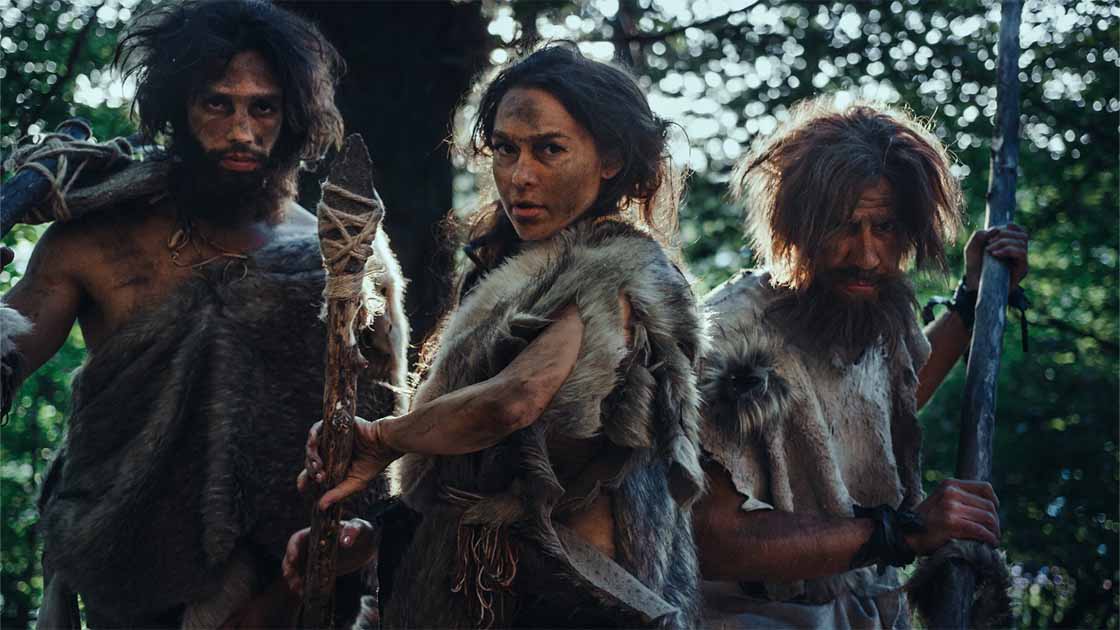Most humans alive today carry traces of genes inherited from Neanderthals, indicating a complex history of interbreeding between modern humans and their now-extinct cousins. But exactly when we first met our ‘cousins’ proved elusive. Recent genome analysis now suggests that this genetic mixing occurred about 47,000 years ago. If this research passes peer review, it will refine our understanding of when and where these interactions occurred and their impact on human evolution.
The study, published as a bioRxiv preprint, used the genomes of ancient and modern Homo sapiens to determine the timing of Neanderthal gene flow into modern human populations. By examining the ancient DNA of individuals from Western Europe and Asia, scientists have gained new insight into this critical moment in human history.
Ancient genomes reveal extended periods of admixture
A recent article in Science explains how a research team led by Priya Moorjani of the University of California, Berkeley, analyzed the genomes of 59 ancient Homo sapiens from 45,000 to 2,200 years ago. These samples included DNA from notable ancient individuals such as the Ust’-Ishim man from western Siberia, the Golden Horse woman from the Czech Republic, and individuals from Bulgaria’s Bacho Kiro Caves and Romania’s Peștera cu Oase Caves.
According to Science the study identified regions of Neanderthal DNA in these ancient genomes and compared them to genomes from 275 contemporary individuals. Using sophisticated computer modeling, the researchers tracked the evolution of Neanderthal genes over time. Their analysis suggested that Neanderthal gene flow into modern human populations began approximately 47,000 years ago, with an extended period of interbreeding lasting about 6,000 to 7,000 years.
Exhibition in Bacho Kiro cave near Dryanova, Bulgaria. (Photocon)
Implications for human migration
The findings suggest that interactions between Neanderthals and modern humans were probably not rare. For example, individuals from Oase and Bacho Kiro showed recent Neanderthal ancestry within a dozen generations. These ancient humans carried segments of Neanderthal DNA not found in modern populations, suggesting further encounters that did not result in surviving descendants.
“It’s clear that people were running into Neanderthals everywhere,” notes Fernando Villanea, a population geneticist at the University of Colorado Boulder. Science.
“Maybe some of those early interactions were in populations that didn’t leave descendants, but then.” [about 47,000 years ago] there is a main event. That makes a lot of sense.’

The study also revealed that modern humans rapidly lost some segments of early Neanderthal DNA that may have carried harmful mutations. However, certain Neanderthal genes, particularly those related to skin pigmentation, immune response, and metabolism, proved advantageous and have persisted in modern human genomes.
The timing of these interbreeding events also has implications for understanding human migration. Aboriginal Australians, who carry Neanderthal ancestry, must have arrived in Australia after a period of interbreeding, no earlier than 47,000 years ago. The find challenges some archaeological estimates that suggest modern humans arrived in Australia as early as 65,000 years ago.
“The consequence is that these early dispersals either died out or were effectively replaced or swamped by larger later waves,” commented Chris Stringer, an anthropologist who studies human evolution at the Natural History Museum in London. Science.
If accepted, the new analysis will help trace several ancient human groups that left descendants. Most ancient human groups did not survive, but the genetic legacy of those that did provide crucial insight into the evolution and migration of our species.
Top image: Humans and Neanderthals began interbreeding 47,000 years ago. Source: Gorodenkoff/Adobe Stock
By Gary Manners
